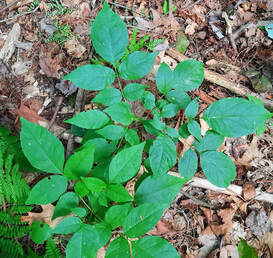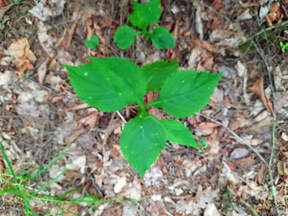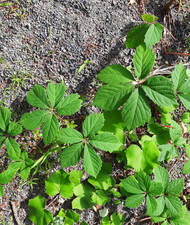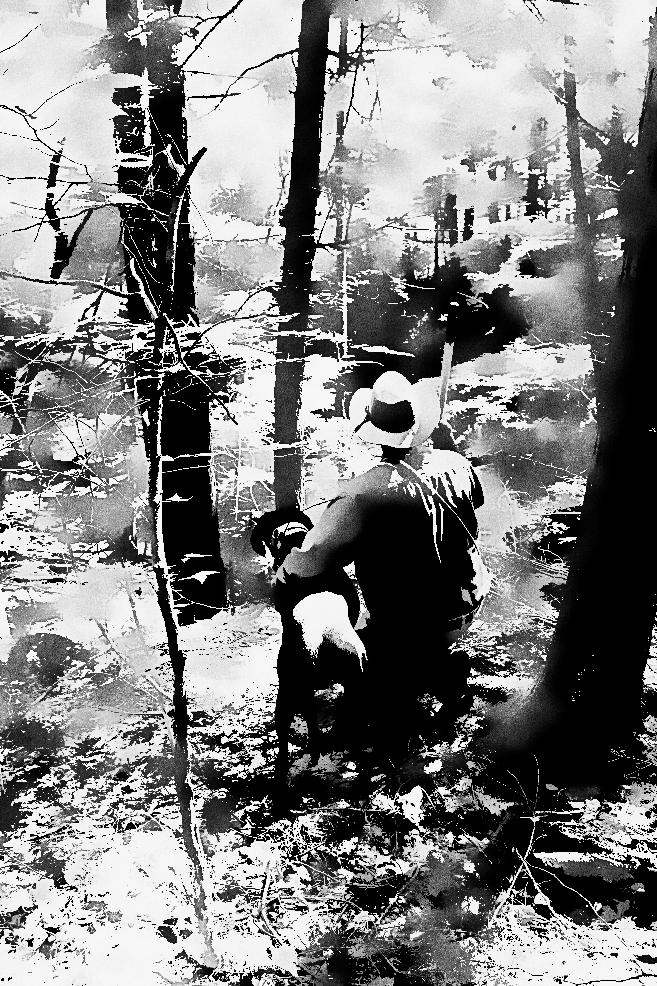 Picture 1—Poison Ivy in Painted Post. Picture 1—Poison Ivy in Painted Post. The game cam has been bit slow of late--except for this one squirrel. . . But I did come across some things you’ll want to generally avoid in the forest. Poison Ivy I was just about to post this, and a friend in Virginia sent me a mirror image of a plant on Messenger that she was looking at, asking my to identify it. And yes—it’s poison ivy. Poison ivy (as well as position oak) contains any oily resin called urushiol and can cause a severe rash that can last for weeks. General first aid is to wash the affected area immediately with soap and water. (I recommend washing the clothes you were wearing as well.) More severe/allergic reactions may require medical treatment. There are slight physical variations in the plant across the country—and poison ivy can even have small berries (also to be avoided). A good rule to remember is the Rule of Three: if has leaves of three (at the node), leave it be! (This rule likewise applies to poison oak—which also contains urushiol.)  Stinging Nettle in Painted Post. Stinging Nettle in Painted Post. Stinging Nettle While perhaps not as well known as Poison Ivy, brushing up against this pin cushion, Stinging Nettle, will definitely get your attention. Think wasp or bee sting, and you're on the right track. (Note: I’ve seen coonhounds yelp when running into a patch—and coonhounds are often quite stoic.) I’ve had Stinging Nettle go through blue jean shirts and pants with relative ease. Stinging nettle is often found near creeks or wetlands but can also grow in an open field, so it's pretty versatile. Further, this plant can grow 6 to 8 feet tall (per the NYS DEC)--although I've only seen it about waist high (which was plenty tall enough!)  Virginia Ivy (5-leafed plant in center) in Painted Post. Virginia Ivy (5-leafed plant in center) in Painted Post. Virginia Ivy (aka, Virginia Creeper) While NOT poison oak—Virginia Ivy (or Virginia Creeper) is often confused with poison oak. (In truth, Virginia Ivy's leaves do somewhat resemble that of the chestnut [or rock] oak.) But notice that Virginia Ivy violates the “Rule of Three” mentioned earlier and has 5 leaves--so it's relatively easy to distinguish from poison oak or ivy. In one video I watched, Virginia Ivy was growing side by side with Poison Ivy--and while I think that is certainly possible, the video implied they were a common pairing, which I don't believe is the case (at least, not in my experience.) That said—while Virginia Ivy may not cause the same rash as poison ivy when touched, if consumed, Virginia Ivy can cause some serious digestive problems—so don’t eat it! Note: when I run across some poison oak, I'll be sure to post a picture.
0 Comments
|
Categories
All
|
- Ryland Creek
- About The Ryland Creek Novels
- Buy the Ryland Creek Saga: Print Books
- Buy the Ryland Creek Saga in E-Book
- The Ryland Creek Saga in Audiobook
- Blog: In a place called Painted Post
- Reader Reviews for The Ryland Creek series
- Meet the Author:Joseph Gary Crance
- An Ode to Painted Post
- The Magical Realism of the Ryland Creek Saga
- Other local authors
- Contact
- Leave A Reader Review
- Ryland Creek
- About The Ryland Creek Novels
- Buy the Ryland Creek Saga: Print Books
- Buy the Ryland Creek Saga in E-Book
- The Ryland Creek Saga in Audiobook
- Blog: In a place called Painted Post
- Reader Reviews for The Ryland Creek series
- Meet the Author:Joseph Gary Crance
- An Ode to Painted Post
- The Magical Realism of the Ryland Creek Saga
- Other local authors
- Contact
- Leave A Reader Review

 RSS Feed
RSS Feed